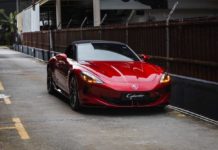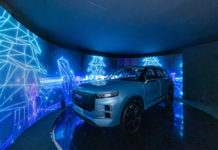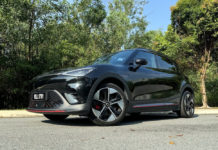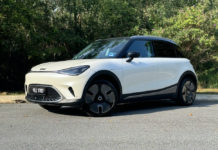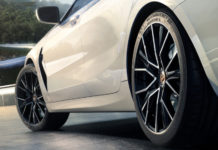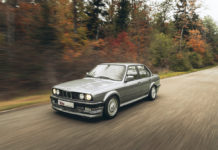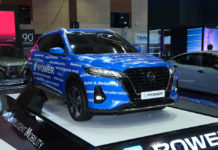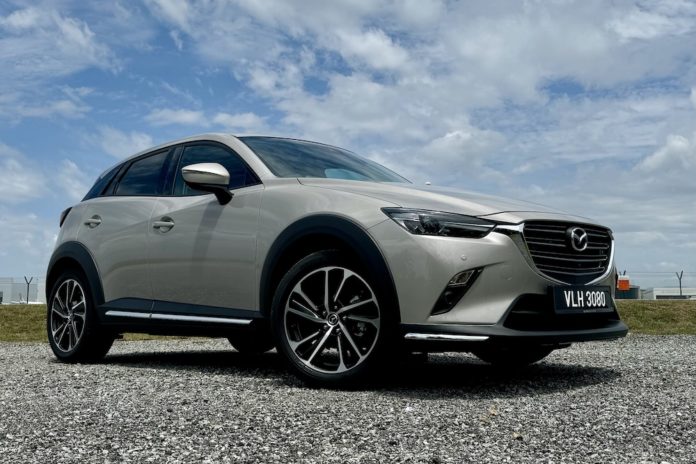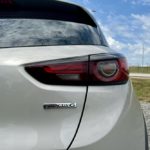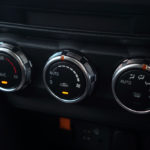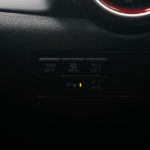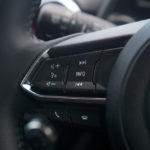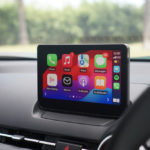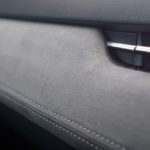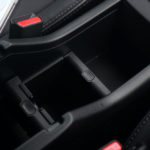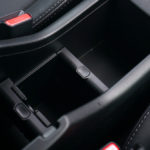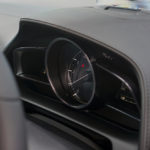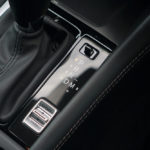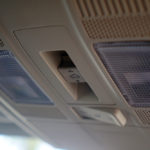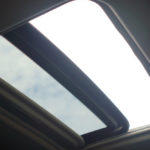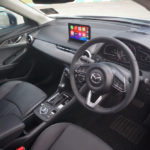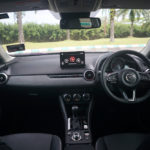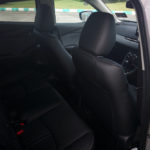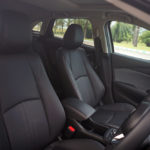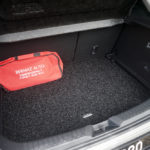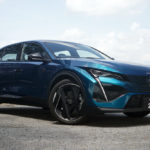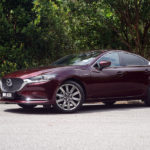If you’re in the market for a compact SUV, the Mazda CX-3 might already be on your radar. Despite being nearly a decade old, this small SUV continues to impress with its sleek Kodo design and dynamic performance. In 2024, it returns with a few fresh updates – but are they enough to keep this little Mazda competitive in an ever-evolving market? Can the CX-3 hold up or is it time to look at something a little bigger?
Even though the Mazda CX-3 made its global debut almost a decade ago (and has been in Malaysia for nine years), it still manages to look fresh thanks to Mazda’s Kodo design language. The CX-3 hasn’t needed major design overhauls during this time, with only subtle updates like grille redesigns and, for 2024, brand-new 18-inch alloy wheels.
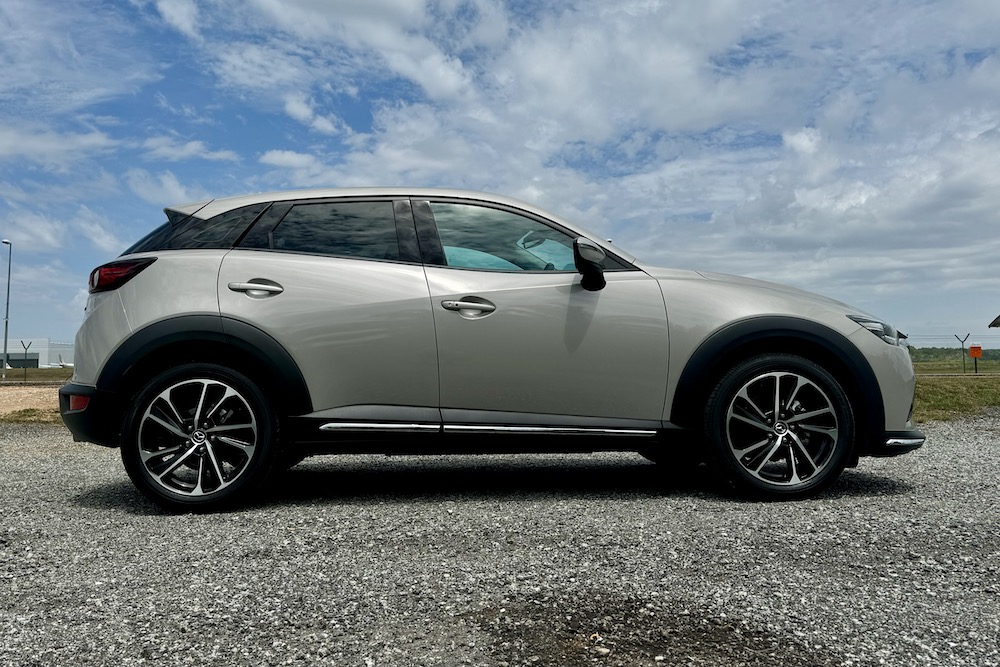
One more notable update: the CX-3 High variant now comes in a sleek new colour called Platinum Quartz. It’s a refreshing change from the usual sporty reds and muted greys, giving the CX-3 a more refined look.
Apart from these updates, everything else is business as usual. LED daytime running lights, headlights, and taillights remain unchanged. Inside, the design is largely untouched as well, though the inclusion of a new suede-like material adds a touch of class. It feels more premium without resorting to faux wood trims. A sunroof is now available as an optional extra, too.
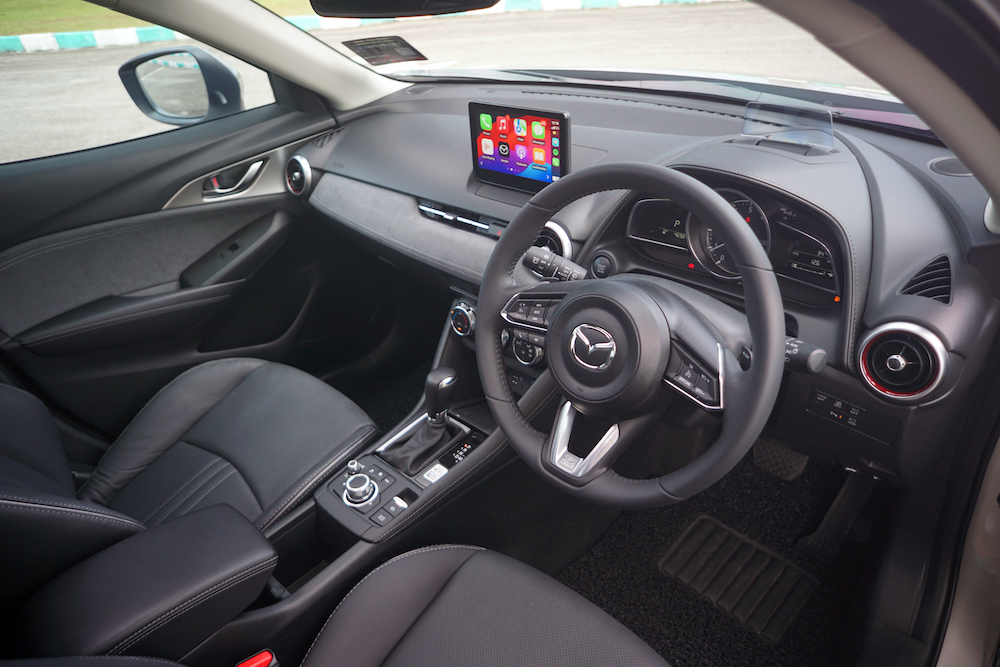
Now, let’s address the question – do you really need more changes? Straight out of the box, the CX-3 is still packed with great features. It comes with powered memory driver seats, a tilt-and-telescopic steering wheel, Mazda’s Commander control knob, and an 8-inch touchscreen with Bluetooth, Android Auto, and Apple CarPlay (although the latter could use some smoothing out). The leatherette seats offer solid support, and the motorised driver’s seat ensures it’s easy to find the perfect driving position.
However, space is where the CX-3 shows its limitations. While it’s a compact SUV, the cabin can feel cramped, especially for taller people. Sitting behind a taller driver will make rear legroom feel even tighter. Still, the boot space is decent for a car this size, and the rear seats fold in a 60:40 split if you need extra cargo space.
On the safety front, the CX-3 is well-equipped. Features like Lane Departure Warning, Blind Spot Monitoring, Smart City Brake Support, and a 360-degree camera help ensure safety and ease when parking or driving in the city. Rear Cross Traffic Alert is a standout feature, alerting you to approaching vehicles when reversing. Plus, Driver Attention Alert will suggest taking a break if it detects signs of fatigue.
Under the hood, the CX-3 continues to rely on the same 2.0-litre SkyActiv G engine that’s powered it since its inception. It delivers 156hp and 206Nm of torque, making the CX-3 feel lively despite its compact size and relatively light weight of 1,307kg. It’s a smooth operator, with quick acceleration out of corners and at traffic lights. You’ll notice the engine hums quietly even at higher speeds, speaking to the excellent noise, vibration, and harshness (NVH) levels.
The six-speed automatic transmission is a highlight, offering seamless gear shifts most of the time. The only time you might notice a slight jolt is between first and second gear, but it’s hardly a dealbreaker. The CX-3 is tuned for efficiency, meaning it hits sixth gear quickly to save fuel. Engage Sport mode, however, and the shift points rise, allowing you to extract more power from the engine.
One unique feature in the CX-3 is the floor-mounted accelerator pedal, which you usually find in German cars. I find it more comfortable than the traditional hanging pedals, especially on long drives. The throttle is sensitive and responds to the lightest touch, making it easy to control speed and even engage in some throttle steering.
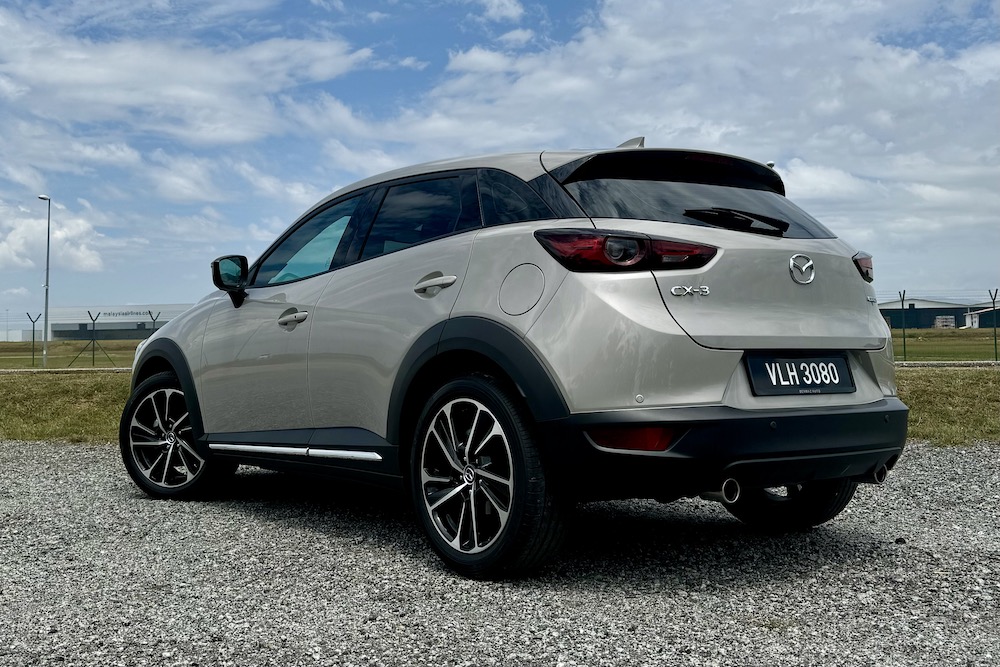
Mazda is known for its exceptional handling, and the CX-3 lives up to that reputation. The steering is precise, with the car responding directly to your inputs, allowing you to place it exactly where you want. There’s good feedback from the road, so you know what you’re driving over. That said, the suspension is geared more towards comfort than outright sportiness, which results in some body roll during hard cornering. If you’re an experienced driver, you can mitigate that by using throttle steering, but most drivers will appreciate the comfortable ride on highways and city roads.
At the end of the day, the CX-3 is a refined, comfortable small SUV that excels in urban environments. While its handling may not satisfy the most spirited drivers, it offers enough to make everyday driving enjoyable.
Now, the big question: Is it worth it? The Mazda CX-3 High is priced at RM143,059, but for just RM8,000 more, you could opt for the larger, next-gen Mazda CX-30 High-plus, which comes with even more modern features. When you’re looking at a five-year loan, the difference might not feel so significant, so is the CX-30 the better buy? That is for you to decide.



